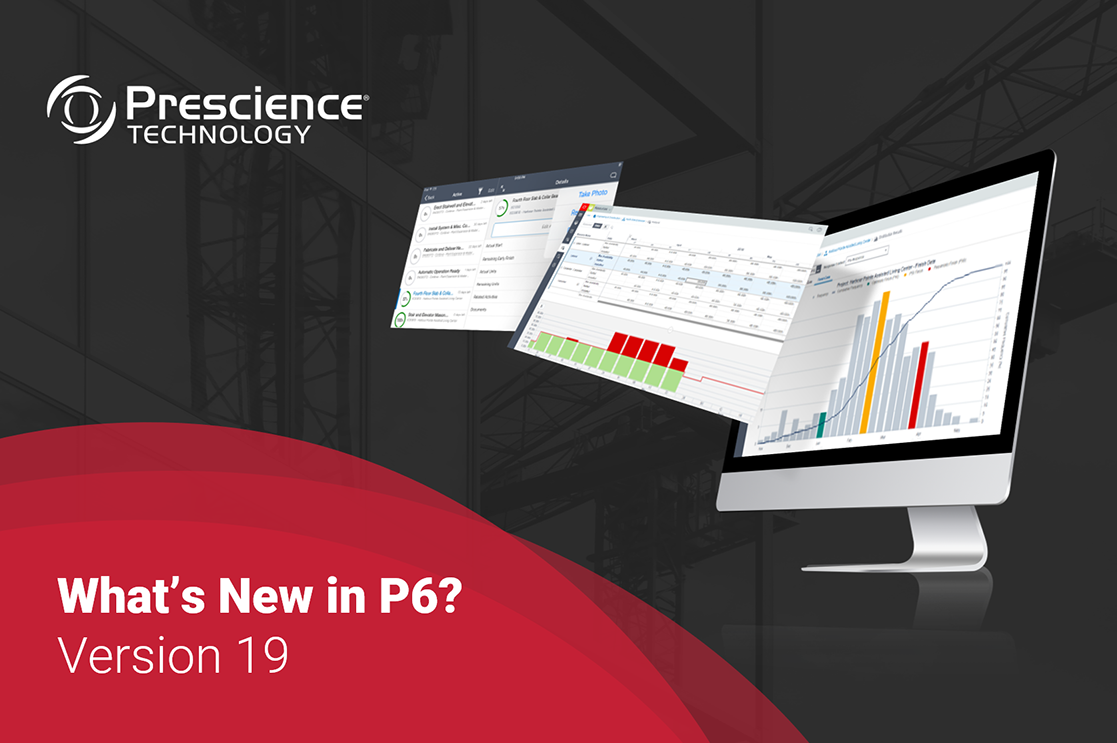Why is it important to build the right plan, the first time?
These days traditional CPM tools are good for tracking project execution, but they don’t effectively support the upfront planning process or the ongoing quality schedule checking that is required to produce a schedule you are confident in throughout the project lifecycle.
At the Project Controls Conference in Sydney this month, I will explore how you can create better schedules, faster, and harness individual and organisation expertise to create a schedule aligning work to the scope. A good schedule needs to align scope and work – if it doesn’t then it is either setting false expectations for the stakeholders -or- is executing under a pretence that a misaligned schedule is achievable. The schedule is then quality checked using a set of standard metrics, risks and guidelines before finally being accepted, baselined and then used for execution.
Understanding Quality Metrics
During the execution phase the schedule is regularly updated and checked for quality and accuracy against the original agreed baseline and quality metrics. The following metrics, using thousands of observable data points, have proven to have the highest correlation with project success.
- Missing Logic
- Logic Density
- Critical
- Hard Constraints
- Negative Float
- Insufficient Detail
- Number of Lags
- Number of Leads
- Merge Hotspots
While a sound schedule is not the sole element used to ensure project success, it is a highly-correlated factor. Projects often fail due to either unrealistic, poorly thought out plans, or weak execution. A sound schedule can help to mitigate these failure scenarios, while boosting the overall chances of on-time delivery.
The Project Controls Conference will take place on 20 – 22 September 2017 at the International Convention Centre in Sydney. Visit their website to register.





